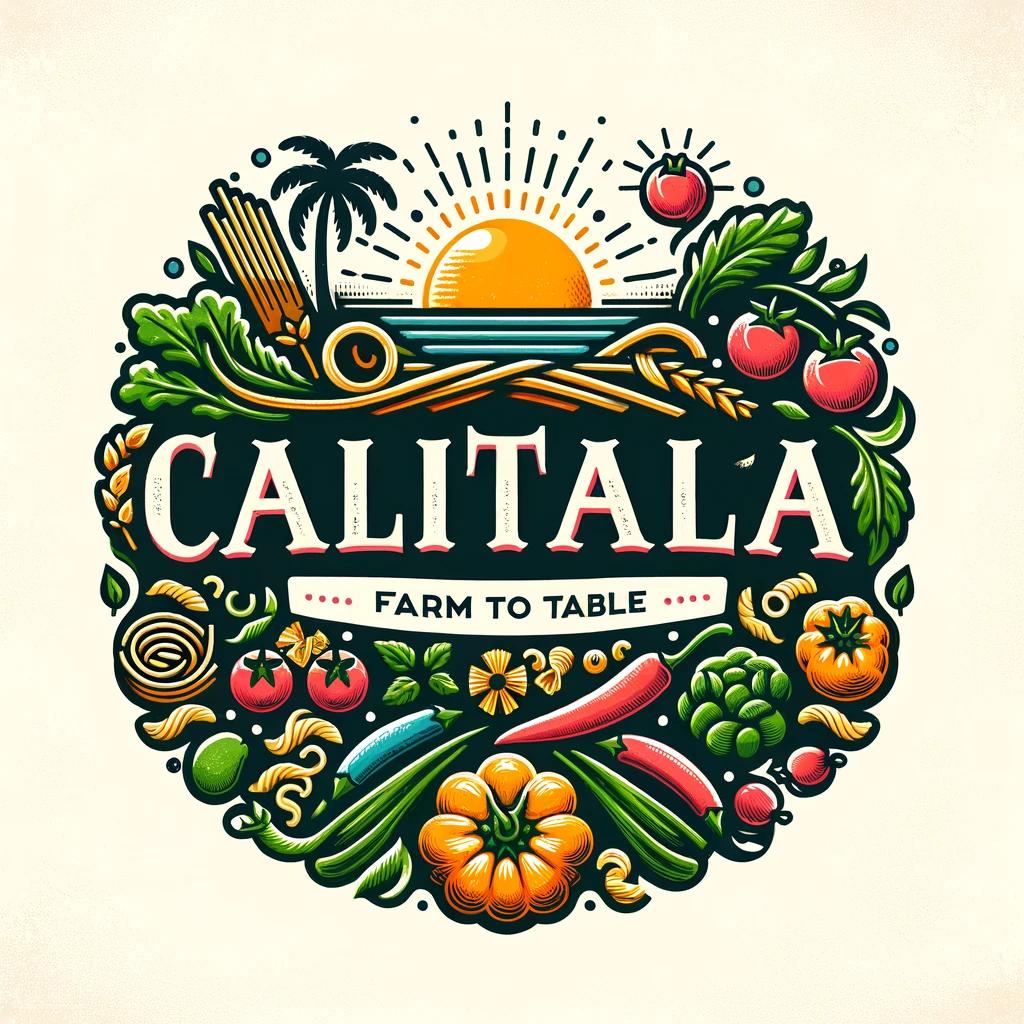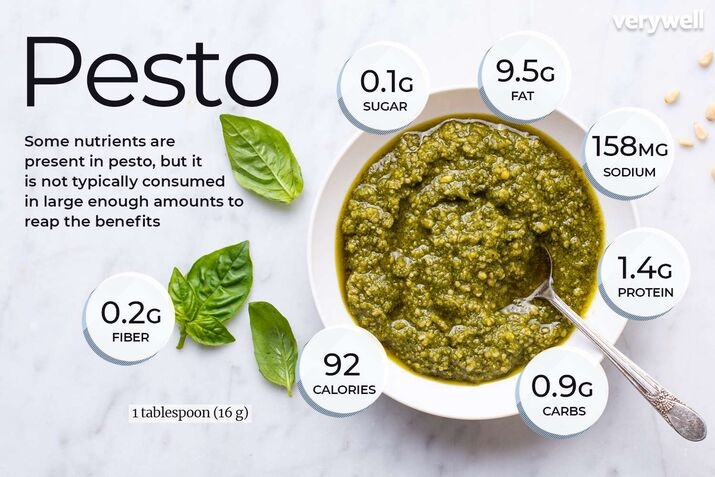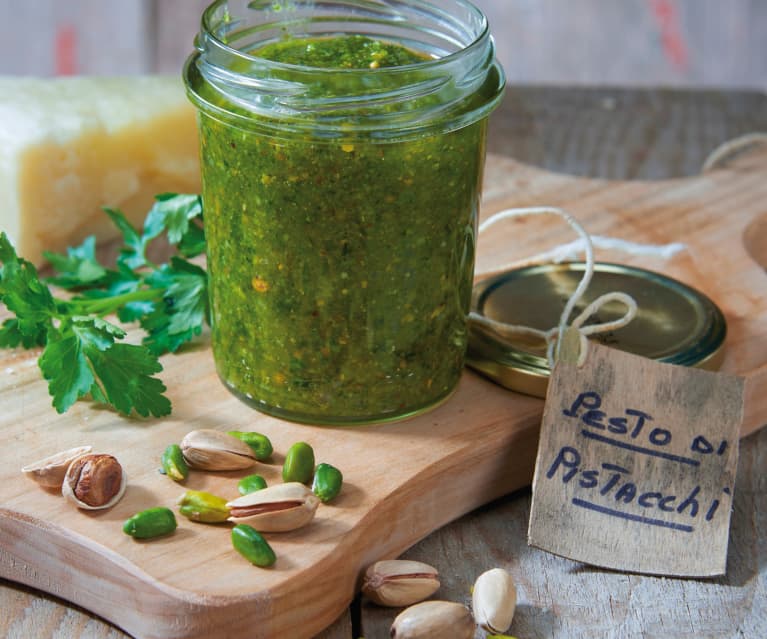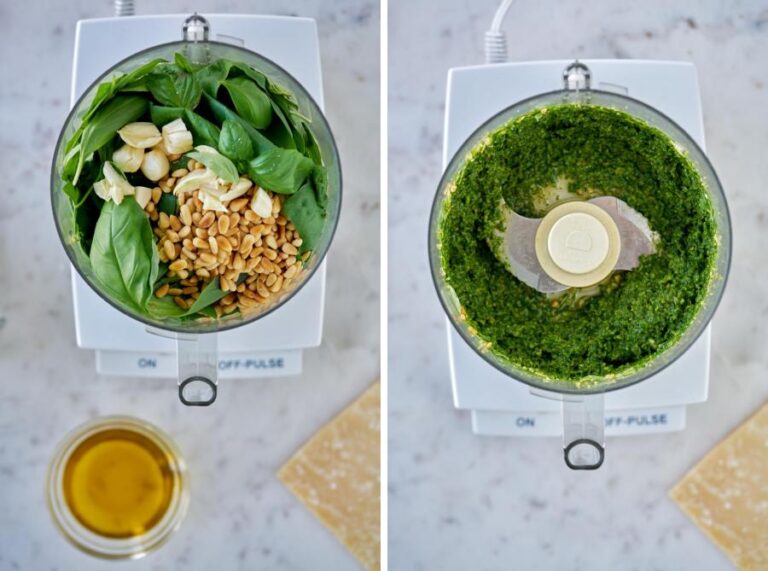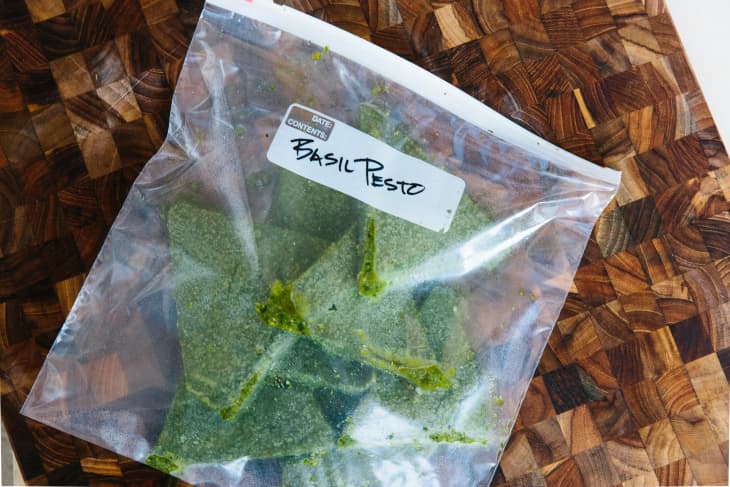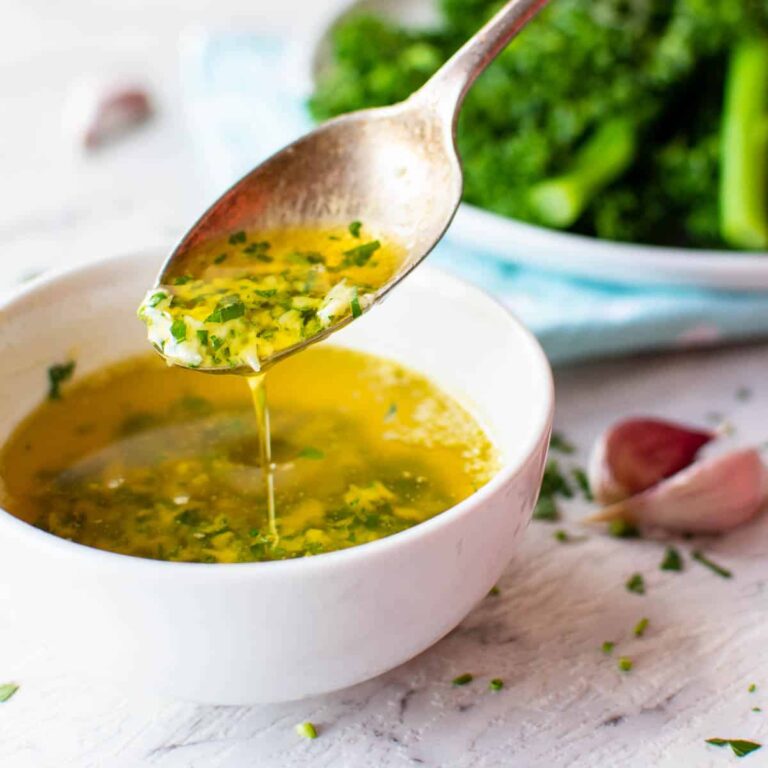Creating the perfect creamy butter sauce for pasta can elevate a simple dish to gourmet status. This versatile sauce pairs well with a variety of pasta types and can be customized with various herbs, vegetables, and cheeses.
In this guide, we’ll take you through everything you need to know to make a rich, delicious creamy butter sauce that will impress your guests and satisfy your taste buds.
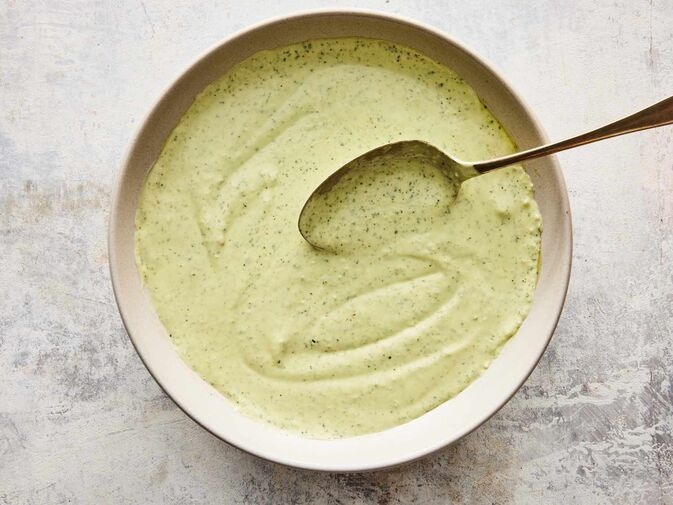
Ingredients
Butter
Butter is the star ingredient in this sauce. Its rich, creamy texture forms the base of the sauce and provides a luscious mouthfeel. Use high-quality unsalted butter to control the saltiness of your dish. Salted butter can be used if you prefer a slightly salted taste, but be cautious when adding additional salt.
When selecting butter, consider European-style butter, which has a higher butterfat content and can impart an even richer flavor. Additionally, using organic butter can enhance the overall taste and quality of the sauce. The butter should be fresh and stored properly to avoid any rancid flavors.
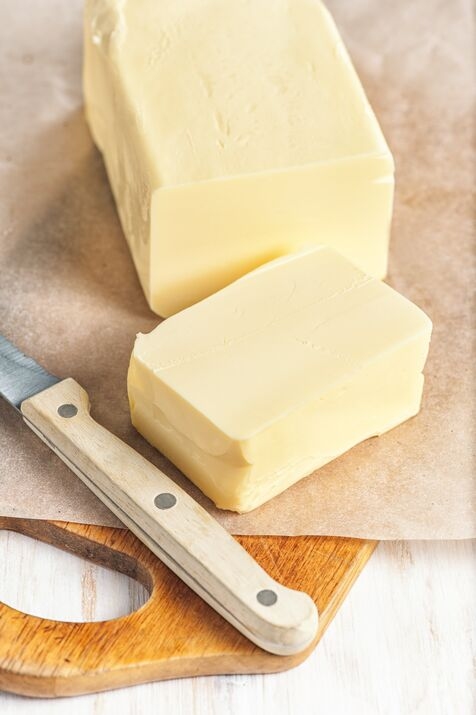
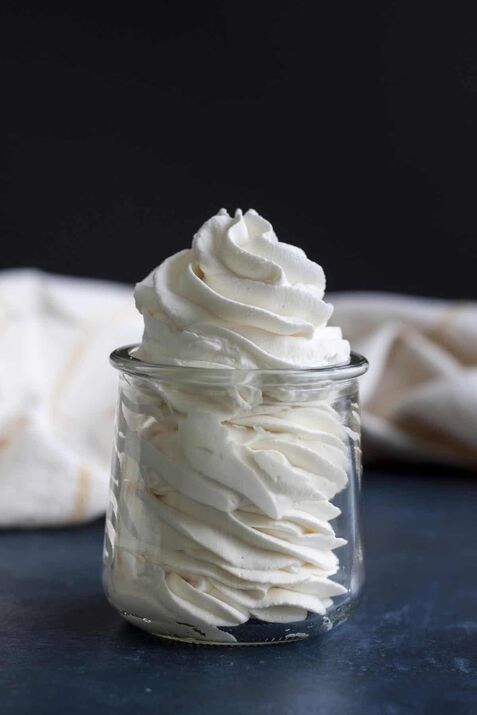
Cream
Heavy cream is essential for achieving the desired creamy consistency. It adds a smooth, rich flavor and helps to thicken the sauce. Use heavy whipping cream for the best results. If you prefer a lighter sauce, you can substitute with half-and-half or whole milk, but the sauce may not be as rich.
For those looking to reduce calories without sacrificing too much flavor, consider using a blend of heavy cream and Greek yogurt. The yogurt adds a tangy depth while maintaining a creamy texture. Another alternative is coconut cream, which offers a unique twist and is suitable for those with lactose intolerance.
Optional Additions (e.g., garlic, cheese)
Adding garlic can infuse the sauce with a wonderful aromatic flavor. Mince the garlic finely to ensure it incorporates well into the sauce. Cheese, such as Parmesan or Romano, can be added for extra flavor and thickness. Grate the cheese finely to allow it to melt smoothly into the sauce. Other optional additions include herbs like basil, parsley, or thyme, and vegetables such as spinach or mushrooms.
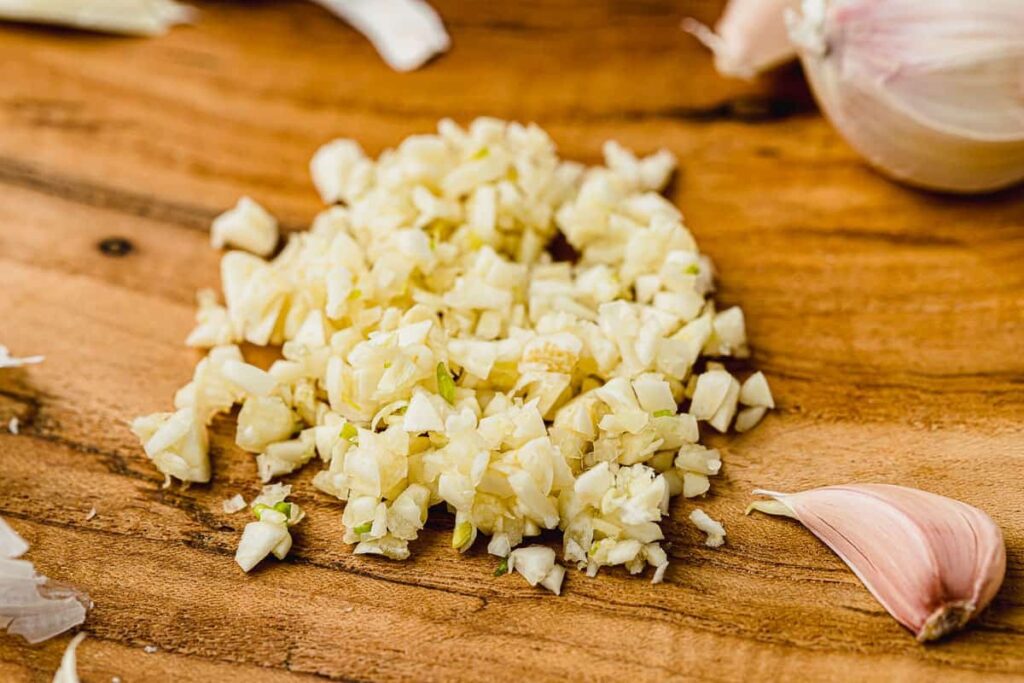
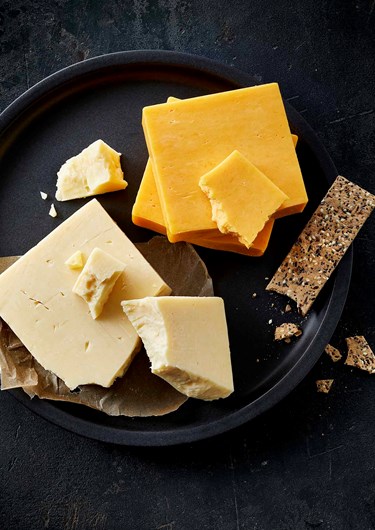
For a more robust flavor, consider roasting the garlic before adding it to the sauce. This will give it a sweeter, more complex flavor profile. When choosing cheese, experimenting with varieties like Gorgonzola or Gruyère can offer different taste dimensions. Incorporating a splash of white wine can also add an elegant depth to the sauce.
Step-by-Step Instructions
Preparing the Ingredients
Start by gathering all your ingredients and measuring them out. This ensures a smooth cooking process and prevents any last-minute scrambling. For this recipe, you will need:
- 1 cup of unsalted butter
- 1 cup of heavy cream
- 2-3 cloves of garlic (optional)
- 1/2 cup of grated Parmesan cheese (optional)
- Salt and pepper to taste
- Fresh herbs (optional)
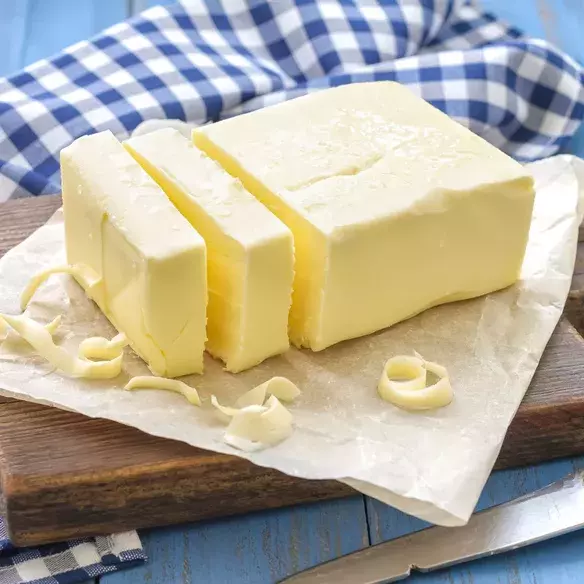
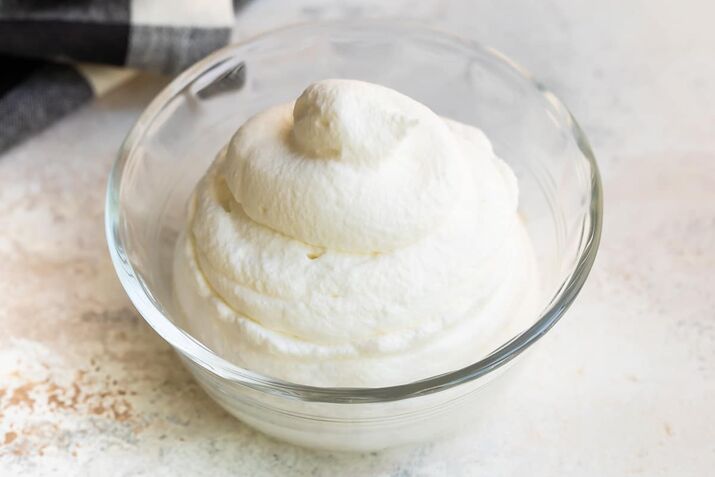



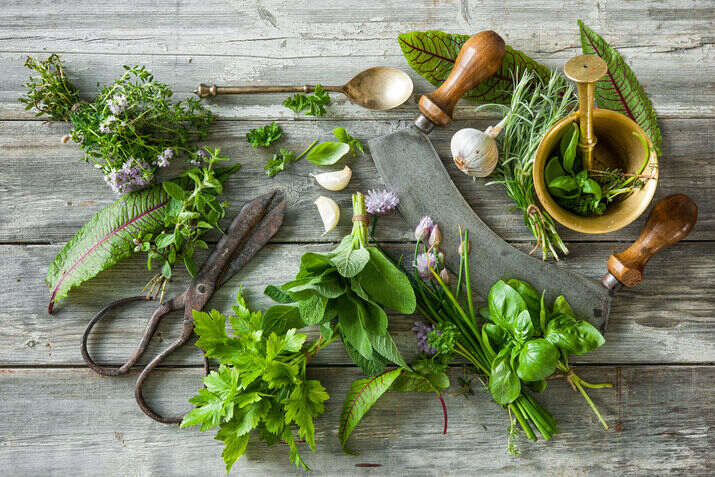
Having all ingredients prepped and ready is crucial for a seamless cooking experience. Ensure the butter is cut into small pieces for even melting. The garlic should be minced finely to avoid any large chunks in the sauce. If you are using fresh herbs, chop them just before adding them to retain their aromatic oils.
Melting the Butter
Place a large saucepan over medium heat and add the butter. Allow it to melt slowly, stirring occasionally to prevent it from burning. The butter should melt completely and start to bubble slightly.
Using a heavy-bottomed pan can help distribute the heat more evenly, preventing the butter from scorching. Stirring continuously as the butter melts ensures a smooth texture. If you notice any browning, lower the heat immediately. The goal is to have a melted, golden butter base without any burnt flavors.
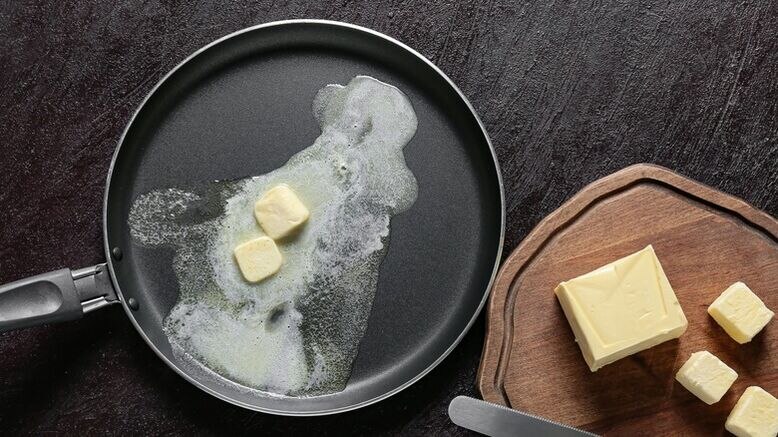
Adding Cream
Once the butter has melted, reduce the heat to low and slowly pour in the heavy cream. Stir continuously to combine the butter and cream. Let the mixture simmer gently for 5-7 minutes, stirring occasionally to prevent it from sticking to the pan or burning.
When adding the cream, do so gradually to maintain a consistent texture. Use a whisk to blend the butter and cream thoroughly. The sauce should thicken slightly as it simmers. For a more intense flavor, consider simmering the sauce for up to 10 minutes. Be sure to keep the heat low to avoid curdling.
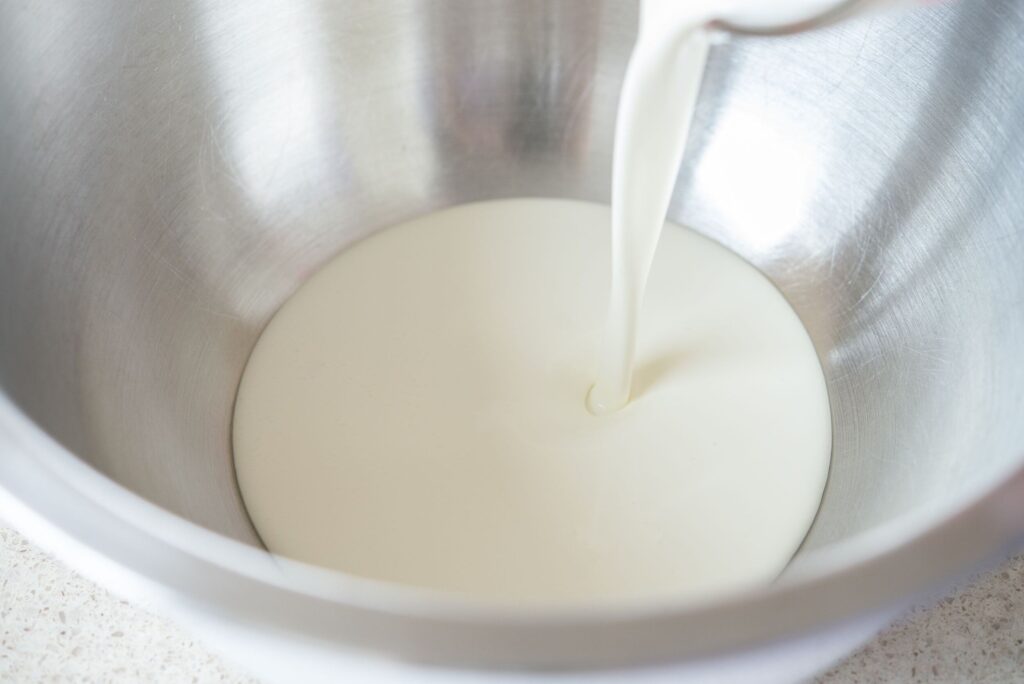
Tips for Perfect Creamy Butter Sauce
Preventing Curdling
Curdling can occur if the sauce is heated too quickly or at too high a temperature. To prevent this, always cook the sauce over low to medium heat and stir continuously. If curdling does occur, whisk the sauce vigorously to try and bring it back together.
Another tip to prevent curdling is to ensure the cream is at room temperature before adding it to the butter. Cold cream can cause the mixture to seize and curdle. Additionally, adding a small amount of flour to the butter before adding the cream can help stabilize the sauce.
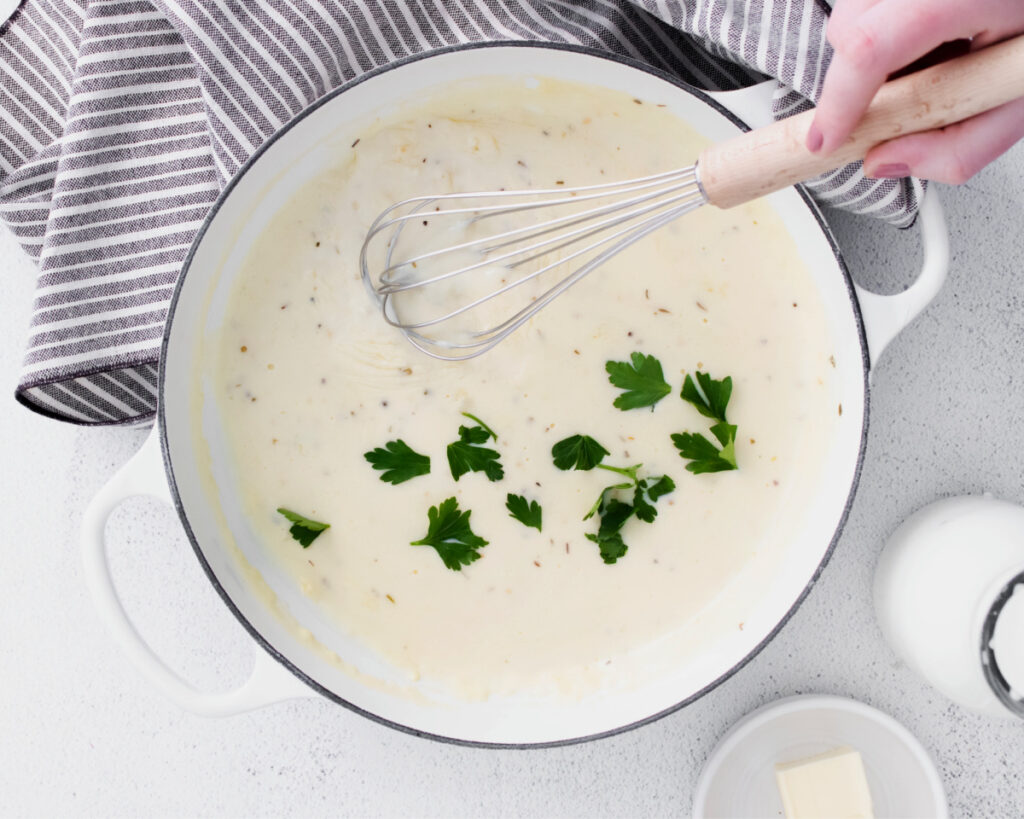
Adjusting Thickness
The thickness of your sauce can be adjusted by altering the amount of cream or by simmering it longer. For a thicker sauce, let it simmer for a few extra minutes. If it becomes too thick, add a splash of cream or milk to thin it out.
The thickness of your sauce can be adjusted by altering the amount of cream or by simmering it longer. For a thicker sauce, let it simmer for a few extra minutes. If it becomes too thick, add a splash of cream or milk to thin it out.
For a sauce that needs to be thicker, consider adding a slurry of cornstarch and water. Mix one tablespoon of cornstarch with two tablespoons of cold water, then gradually add this to the sauce while stirring. This will thicken the sauce without altering its flavor. If the sauce is too thick, gradually add more cream or milk until the desired consistency is reached.

Variations and Additions
Adding Herbs
Fresh herbs can add a burst of flavor to your creamy butter sauce. Basil, parsley, thyme, and chives are excellent choices. Chop the herbs finely and add them towards the end of the cooking process to preserve their bright, fresh flavors.
Experiment with combinations of herbs to create unique flavor profiles. For instance, a mix of basil and oregano can give an Italian flair, while thyme and rosemary can offer a more earthy, rustic taste. Always add the herbs just before serving to maintain their vibrant color and fresh taste.

Including Vegetables
Incorporating vegetables can make your dish more nutritious and visually appealing. Spinach, mushrooms, peas, and sun-dried tomatoes are all great options. Sauté the vegetables separately and then stir them into the sauce just before serving.
For a heartier dish, consider adding roasted vegetables like bell peppers, zucchini, or eggplant. These add a smoky flavor that complements the creaminess of the sauce. Blanching green vegetables like broccoli or asparagus before adding them can preserve their bright color and crisp texture.
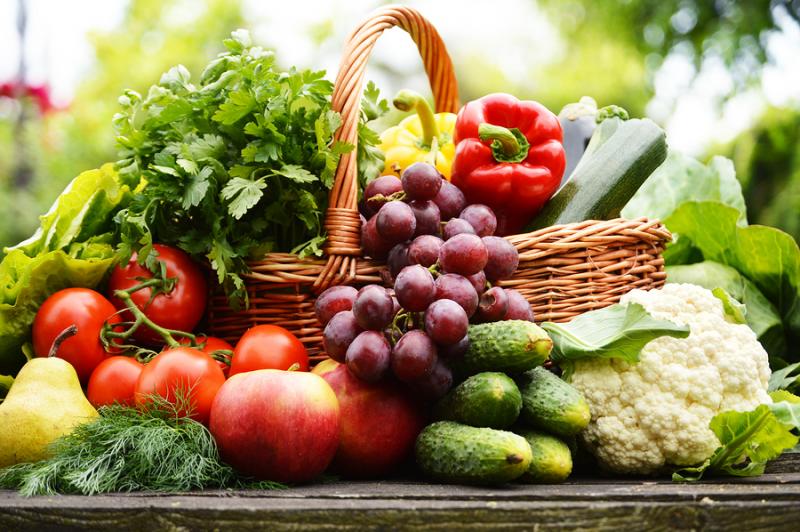
Serving Suggestions
Best Pasta Types
Creamy butter sauce pairs well with a variety of pasta shapes. Long, thin pasta like spaghetti, linguine, or fettuccine allows the sauce to coat each strand evenly. Short pasta shapes like penne, rigatoni, or farfalle can hold the sauce in their crevices, providing bursts of creamy flavor in every bite.
Consider the pasta’s texture when pairing it with the sauce. Al dente pasta offers a perfect contrast to the creamy sauce, while softer pasta can absorb more of the sauce, enhancing the flavor. Fresh pasta can also be a luxurious choice, offering a tender bite that pairs well with the rich sauce.
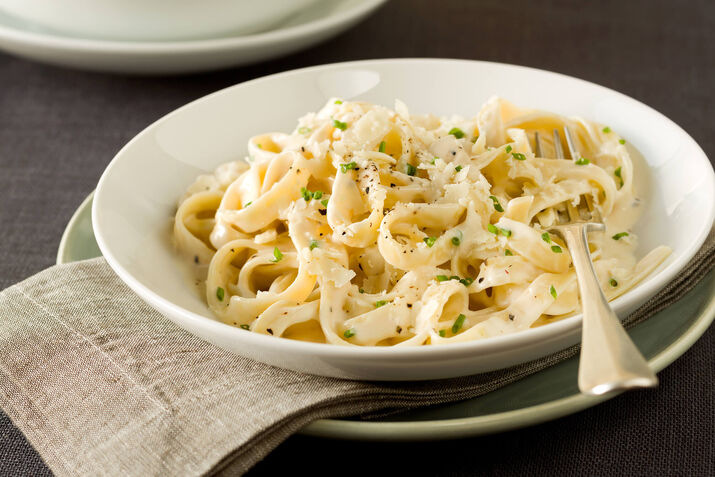
Side Dishes
To complete your meal, consider serving the pasta with a fresh green salad, garlic bread, or roasted vegetables. A crisp white wine, such as Chardonnay or Sauvignon Blanc, complements the rich, creamy sauce beautifully.
For a more indulgent experience, pair the pasta with a side of truffle fries or a Caprese salad. Garlic bread, whether in the form of baguette slices or breadsticks, can be a delightful accompaniment. Roasted vegetables, like Brussels sprouts or carrots, add a healthy balance to the rich pasta dish.

FAQ
A creamy butter sauce for pasta is a versatile and delicious addition to your culinary repertoire. With the right ingredients and a few simple steps, you can create a rich, indulgent sauce that complements a wide range of pasta dishes. Whether you choose to keep it simple or add herbs, cheese, and vegetables, this sauce is sure to impress. Enjoy your cooking adventure and the delightful meals it brings!
A creamy butter sauce for pasta is a versatile and delicious addition to your culinary repertoire. With the right ingredients and a few simple steps, you can create a rich, indulgent sauce that complements a wide range of pasta dishes. Whether you choose to keep it simple or add herbs, cheese, and vegetables, this sauce is sure to impress. Enjoy your cooking adventure and the delightful meals it brings!
A creamy butter sauce for pasta is a versatile and delicious addition to your culinary repertoire. With the right ingredients and a few simple steps, you can create a rich, indulgent sauce that complements a wide range of pasta dishes. Whether you choose to keep it simple or add herbs, cheese, and vegetables, this sauce is sure to impress. Enjoy your cooking adventure and the delightful meals it brings!
A creamy butter sauce for pasta is a versatile and delicious addition to your culinary repertoire. With the right ingredients and a few simple steps, you can create a rich, indulgent sauce that complements a wide range of pasta dishes. Whether you choose to keep it simple or add herbs, cheese, and vegetables, this sauce is sure to impress. Enjoy your cooking adventure and the delightful meals it brings!
Conclusion
A creamy butter sauce for pasta is a versatile and delicious addition to your culinary repertoire. With the right ingredients and a few simple steps, you can create a rich, indulgent sauce that complements a wide range of pasta dishes. Whether you choose to keep it simple or add herbs, cheese, and vegetables, this sauce is sure to impress. Enjoy your cooking adventure and the delightful meals it brings!
Disclosure: Our blog contains affiliate links to products. We may receive a commission for purchases made through these links. However, this does not impact our reviews and comparisons. We try our best to keep things fair and balanced, in order to help you make the best choice for you.
